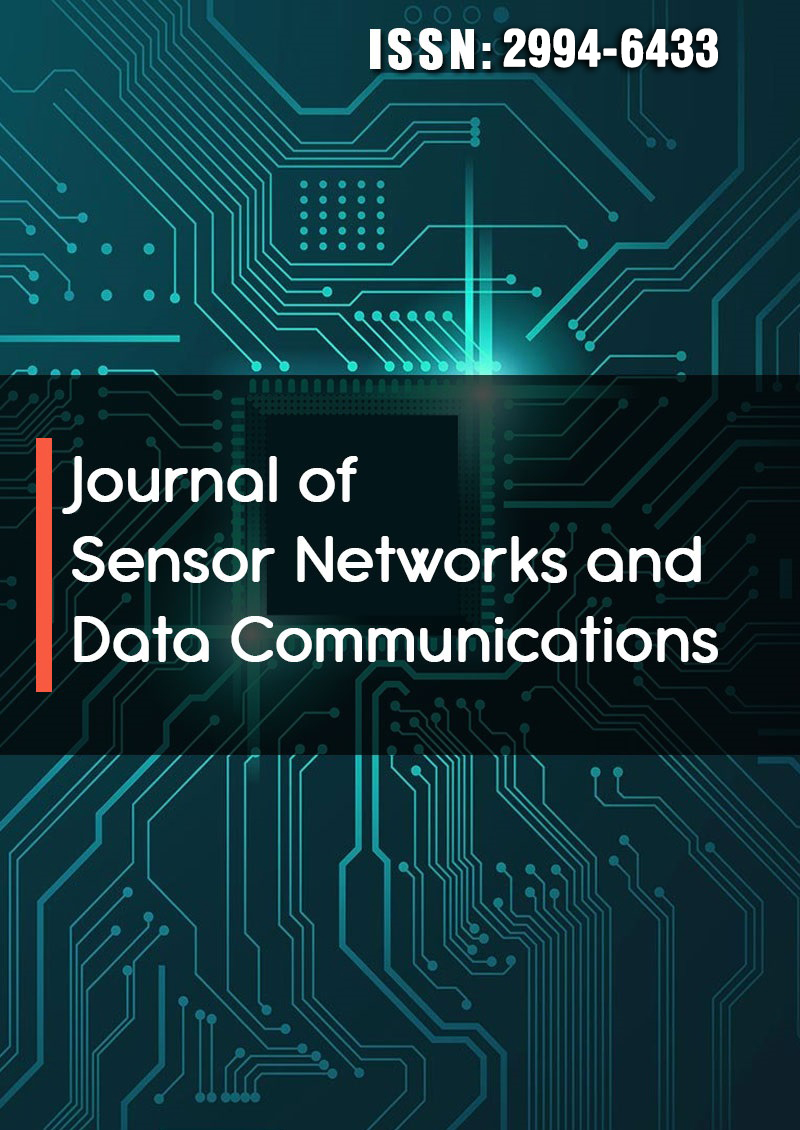Enhanced Medical Analysis: Leveraging 3D Visualization and VR-AR Technology
Abstract
Navaneeth Prabha, Naeema Ziyad, Navya Prasad, Jisha P Abraham, Pristy Paul T and Rini T Paul
Modern healthcare depends heavily on medical imaging, but traditional 2D images frequently lack depth and detail. This paper introduces a novel approach, that turns 2D medical images, such as X-rays, MRIs, and CT scans, into immersive three-dimensional visualizations using virtual and augmented reality (VR/AR) technology. The process consists of four steps: acquiring DICOM medical data, converting the data into 3D models, applying the rendering modes and slicing planes, and deploying the data in VR/AR environments. Preprocessing methods evaluate and improve the quality of medical image data, which is essential for precise analysis and is guided by mathematical formulas. Advanced techniques like alpha shapes and Delaunay triangulation transform 2D medical images into realistic 3D models. Mesh fidelity and clarity are optimized by surface reconstruction techniques, which are motivated by mathematical representations. The surface mesh is refined using Laplacian smoothing and surface subdivision algorithms, which guarantee geometric accuracy and visual quality. Furthermore, Hausdorff distance is used to evaluate the generated 3D models’ accuracy, guaranteeing fidelity and dependability in medical visualization. This technology offers the potential to improve surgical planning accuracy, streamline medical education, and foster deeper understanding by facilitating interactive exploration of intricate anatomical structures.



